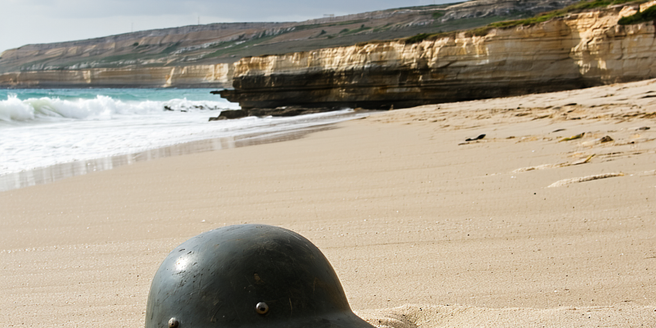
The Strategic Importance of Gallipoli’s Geography
The Gallipoli Peninsula held immense strategic importance during World War I, primarily due to its unique geographical positioning. Located in proximity to the Dardanelles Strait, it served as a crucial gateway connecting the Aegean Sea to the Sea of Marmara and beyond to the Black Sea. This strategic corridor was pivotal for controlling naval access between Europe and Asia. The Allied forces aimed to capture Gallipoli to secure a sea route to Russia and to potentially knock the Ottoman Empire out of the war, facilitating supply lines and disrupting enemy communications. However, the challenging terrain, with its rugged cliffs and narrow beaches, presented formidable obstacles for advancing troops, contributing significantly to the difficulties faced during the campaign.
Climate Patterns During the Gallipoli Campaign
The climate during the Gallipoli Campaign was notably harsh and variable, playing a significant role in the unfolding events. Summers were hot and dry, which led to water shortages and dehydration among the troops. Conversely, winters were cold and wet, causing conditions like frostbite and hypothermia. These extreme weather conditions impacted both Allied and Ottoman forces, complicating logistics and troop movements. The sudden weather shifts made it challenging for soldiers to maintain supplies and morale, as heavy rains could flood trenches, and strong winds could disrupt communications. Understanding these climate patterns reveals the additional layer of adversity faced by the military forces involved, beyond the strategic and tactical challenges intrinsic to warfare.
Impact of Weather on Naval Operations
Weather conditions critically influenced naval operations during the Gallipoli Campaign. Rough seas and high winds frequently disrupted naval bombardments and troop landings, as the conditions made it difficult for ships to maintain their positions and for landing crafts to reach the beaches safely. Fog and rain reduced visibility, hampering coordination among the fleet and with land forces. These adverse weather conditions often delayed operations and could result in pauses that allowed enemy forces to regroup and reinforce their defenses. The unpredictability of the weather added a layer of complexity to planning and executing naval maneuvers, highlighting the significant impact of environmental factors on military strategies and outcomes.
How Adverse Weather Affected Infantry Tactics
The challenging weather conditions at Gallipoli had a direct impact on infantry tactics. The muddy, rain-soaked terrain made it difficult for troops to move quickly or efficiently, often slowing down advances and making them more vulnerable to enemy fire. Prolonged exposure to the elements without adequate shelter or equipment led to a significant decline in troop effectiveness. Strategies had to be quickly adapted to account for the risk of exposure and diseases that plagued both sides. Snipers and machine gun nests capitalized on these vulnerabilities, further impeding progress. Moreover, the inadequate infrastructure made the delivery of supplies and reinforcements problematic, forcing commanders to adjust tactics to the unpredictable and often unforgiving climate conditions.
Weather and Its Influence on Morale and Health
Weather dramatically influenced the morale and health of soldiers during the Gallipoli Campaign. The relentless heat in summer and freezing temperatures in winter created severe living conditions. The wet, unsanitary trenches promoted disease outbreaks such as dysentery and typhoid, further demoralizing troops. Constant exposure to harsh elements without sufficient shelter resulted in mental and physical exhaustion, affecting soldiers’ ability to fight effectively. Morale was frequently undermined by the difficult environment, as troops were often underprepared for the extreme weather conditions they faced. This constant struggle against the elements not only affected the soldiers’ wellbeing but also hampered overall military effectiveness, as maintaining morale is crucial in sustaining combat operations.
Lessons Learned: Weather’s Impact on Military Success
The Gallipoli Campaign underscored critical lessons regarding the impact of weather on military operations. Commanders learned the necessity of factoring weather forecasts and climate conditions into strategic planning and logistical preparations. The adverse conditions emphasized the importance of equipping troops with appropriate gear and developing infrastructure to withstand climate extremes. Additionally, integrating weather predictions into tactical decisions became apparent, highlighting their potential to sway the course of engagements. Gallagher’s harsh environment proved that neglecting environmental factors could result in severe operational setbacks. These lessons have informed modern military doctrine, emphasizing agility and resilience in planning, and underscoring weather’s potential to shape the outcomes of military engagements.
